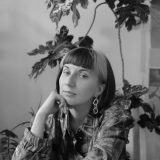In a cultural context dominated by speed and visual oversaturation, Andreea Mihalka’s artistic approach gains relevance precisely through its opposition. Her art does not rely on instant effects or spectacular visual impact, but on the ability of the image to restore the connection between gaze and presence. Each work becomes a deliberate exercise in slowing down — an invitation to suspend the automatism of viewing and to enter into an authentic dialogue with the experience of ‘being’ in front of the artwork.
The artist’s statement — “I want the viewer to stop, to look, and to exist in that moment” — supports the idea that the value of her art is not exhausted by its visual appearance. On the contrary, her intention is for space, light, and the time spent in front of the work to become an integral part of the artistic act. Thus, meaning is not delivered instantly, but is built through patience, observation, and presence.
This is where the purpose of the present interview begins: from the need to understand what lies beyond the image — what is the source of this sensitivity, how matter transforms into feeling, and why Andreea believes that art must recover time, not just eyes.
Ada Muntean: In the context of an artistic practice that involves graphic techniques and sensory elements, how do you conceive the relationship between the viewer and the artistic object? What role do you assign to contemplation and mindful presence in front of the artwork?
Andreea Mihalka: I believe the viewer and the artistic object are both simultaneously receivers and transmitters of meaning and depth that continuously communicate with one another. This is precisely why I am always seeking ways to keep the viewer in front of the works for as long as possible. True meaning develops through prolonged interaction, in which the viewer becomes increasingly aware of the moment. I do not intend to convey specific meanings or messages, but I look for ways to bring the viewer into an authentic moment of contemplation, one in which they share their own self with the artwork — the work becoming a “mirror” of their personal meanings.
Ada Muntean: Sensory memory — activated through texture, layering, and transparency — plays an essential role in your artistic approach. In what way do these personal memories transform into visual compositions, and how do they influence the techniques you use?
Andreea Mihalka: Following a classical form of expression such as drawing or printmaking, my works explore textures obtained through layering and transparency — textures that invite the eye to repeatedly return to the same fragment. As for the materials, they are closely connected to my desire to offer traditional techniques like drawing and printmaking new perspectives and directions. I generally work with materials typical of these traditional methods, such as paper and canvas, but I also incorporate novel elements that bring out their qualities in new ways. This is how I began searching for ways to introduce hidden layers and controlled light into my works, with the aim of revealing these concealed layers.
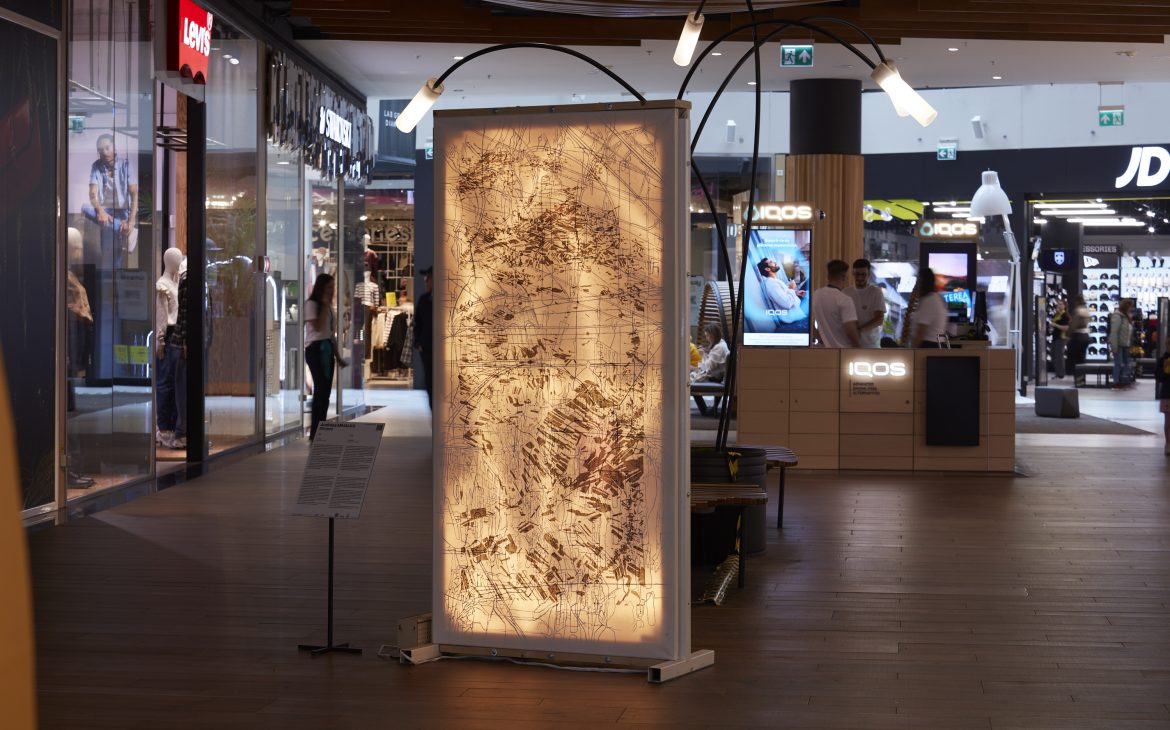
Ada Muntean: Drawing is a practice that requires patience, repetition, and continuous attention. How do you define the role of patience in your practice, and how does it reflect in the expressiveness of your works?
Andreea Mihalka: Both the creative process and the moment of perceiving my works are marked by patience. The layered structures are a translation of the acute need for patience — a need I feel both within myself and in everything that surrounds me. I create works that require a great deal of time, that exhaust me along the way, yet compel me to slow down, to take deep breaths, to remind myself that when everything rushes around me, the solution is not to break myself into pieces trying to keep up, and to remember that patience is what allows things to grow and remain whole. This is what I also wish for the viewer: to stop, to search for shapes and meanings, to experience — effortlessly — a moment of patience.
Ada Muntean: Between spontaneity and methodical construction, where does the creative process you follow lie? Do you work rather intuitively or do you conceptually plan each stage of creation?
Andreea Mihalka: For me, there is no definitive break between planning and spontaneity. I like to have a general sense of where I’m going to arrive at the end of the creative process, but the journey to that point is always very spontaneous. I enjoy exploring the small accidents and mistakes that each technique can offer me, yet I remain selective with them depending on the result I am seeking. In my case, things flow — planning and spontaneity intertwine to the point where it becomes difficult to separate them, and in the end, I certainly don’t do everything in a planned manner, nor do I do everything spontaneously.
Ada Muntean: How do you think a space for reflection can be created through graphics? What visual or symbolic mechanisms do you use to invite the audience to introspect?
Andreea Mihalka: I consider art to be a staging of all human experiences, whether through recognizable images and symbols, or through typically human gestures and expressions.
From the desire to place the observer face-to-face with themselves, I like to turn to the simplest, most mundane things — images we all see in passing, that we know, and that end up becoming part of us even if we’ve never taken the time to really notice them. The tree from my memory, the one I depict, can at any moment transform into the tree of your childhood precisely because it is such a common element. I am not seeking to engage with grand narratives; on the contrary, I approach a more intimate, personal narrative, working with symbols that do not carry a single meaning — symbols that are merely vessels the viewer can fill as they wish. It all depends on how long you look and how far you allow the symbol to travel as your own mirror, and to ensure the longest possible journey for it, I employ the expression ability of visual language elements: I group, layer, crowd, and disperse them.
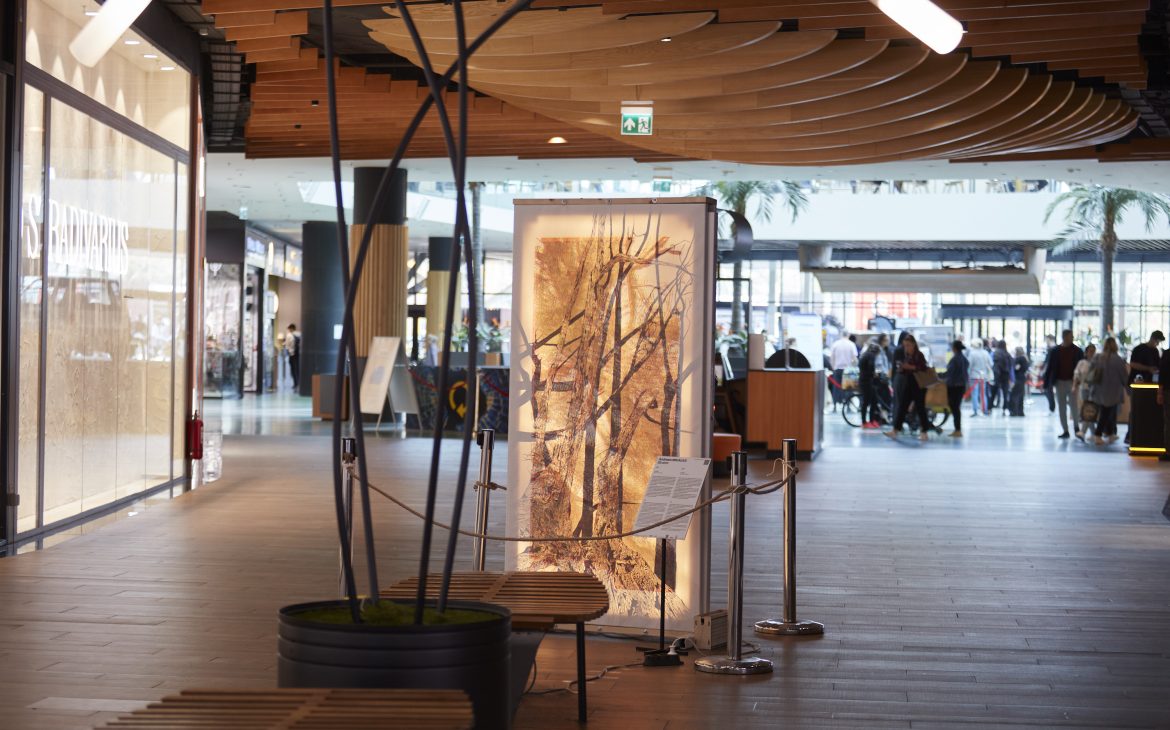
Ada Muntean: What is the role of titles in your works? Do you consider them an integral part of the artistic discourse or simple landmarks for the viewer’s orientation? How are they born – before or after the completion of the work?
Andreea Mihalka: Recently, I’ve also tried shorter titles, out of curiosity, but I’m now very sure that I will return to long, descriptive titles. For me, short titles serve to reveal the core idea behind the concept, while long titles are more personal — they are connected to the moment of inspiration, to certain personal beliefs, and to the entire creative process. Usually, I begin with a vague idea of a title, but it transforms and builds up along with the image. After trying both approaches, I believe long titles suit me better, as they too become symbols or fragments of symbols, rooted in experiences and convictions.
Ada Muntean: What are the main challenges you face in creating technically and conceptually challenging works? How do you manage the relationship between the time needed for creation and external pressure, be they material, logistical or institutional?
Andreea Mihalka: I work slowly — very slowly — and this is one of the biggest challenges for me, not because I aim to work faster, but because of external pressure. The outside environment, through various factors, pushes for quantity: you need to have an x amount of solo exhibitions, participate in an x amount of group shows, and so on. For a while, I felt heavily affected by this pressure, but some time ago I decided that the most important thing for me is to be honest — with myself and with others — and I came to the conclusion that I do not want to rely entirely on art for my income, because it doesn’t suit me.
I am happy every time I have the opportunity to exhibit my work; I create and exhibit wholeheartedly, and I strongly believe this is what art is truly about. I feel privileged to have a job closely connected to the art world, through which material pressure is eased, and which allows me to express myself at my own pace, without restricting my creative capacity.

Ada Muntean: Looking to the future, what directions do you consider pursuing more in your practice? Do you intend to explore new materials, interdisciplinary collaborations, or expanded dimensions of installation and graphic techniques?
Andreea Mihalka: Recently, I’ve been drawn to light and its expressive possibilities, and I believe that in the near future I will explore this subject more closely. I also intend to adjust the scale of my works. In recent years, I have continuously enlarged the surfaces I work on, and I want to occupy more and more space.
Ada Muntean: If you had to summarize your artistic practice in one word, what would it be?
Andreea Mihalka: Experience.
Ada Muntean: How do you relate to the concept of the exhibition Breaking the Silence: A Visual Narrative on Emotions Left Unspoken and how did you develop your artistic intervention in this project?
Andreea Mihalka: From my very first interaction with the theme and concept of the exhibition Breaking the Silence: A Visual Narrative on Emotions Left Unspoken, my thoughts turned to fragility, and from there I built the entire concept for the work Struere. Already from the title, I sensed a duality — revealing vs. concealing — a duality I chose to explore through a piece of inner, hidden layers and transparencies that gradually makes them visible, until they become even stronger than the exterior ones.
We live in a world where appearances matter immensely, and those fragments deemed undesirable are skillfully hidden from the public. The unforeseen consequence of this action comes in the form of a lack of acceptance of one’s personal identity. It’s difficult to appear fragile in front of the outside world, so we begin to hide this aspect so thoroughly that, at some point, even we struggle to find ourselves again. Vulnerability is an option neither when we are alone, and so we choose not to speak anymore, not to admit when something is wrong, masking our faces with crooked, permanent smiles. But the shadows of all our experiences remain — and continue to actively shape our identity.

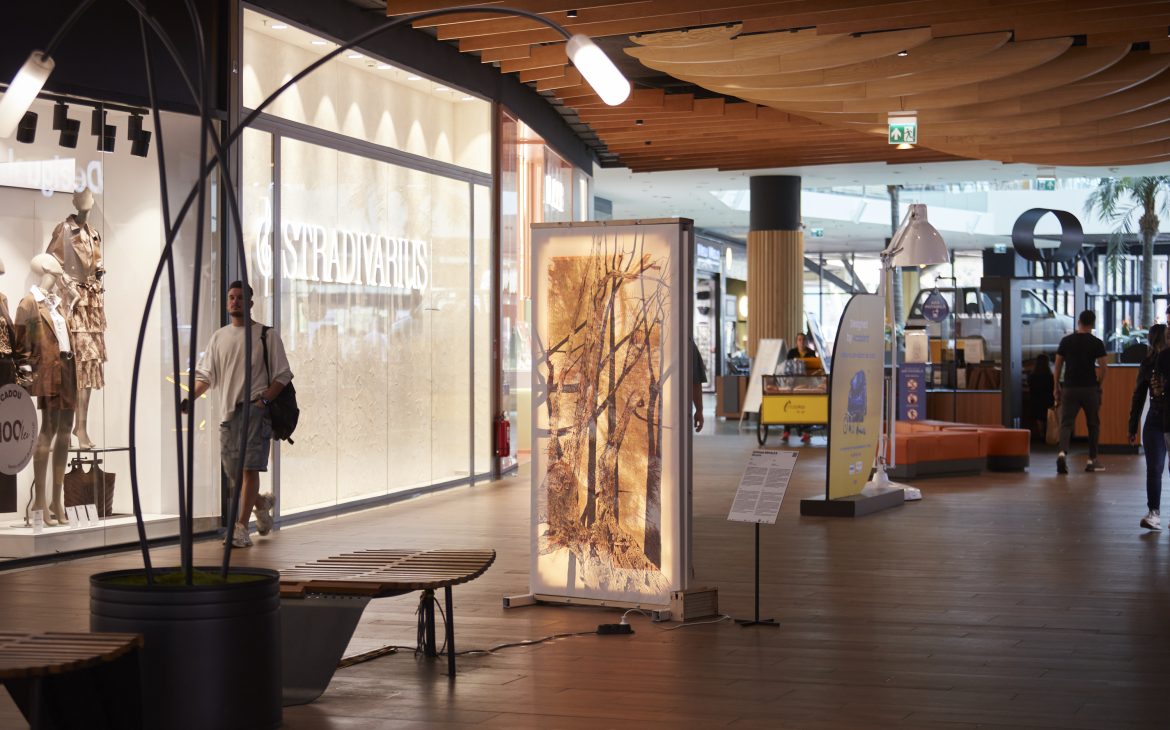
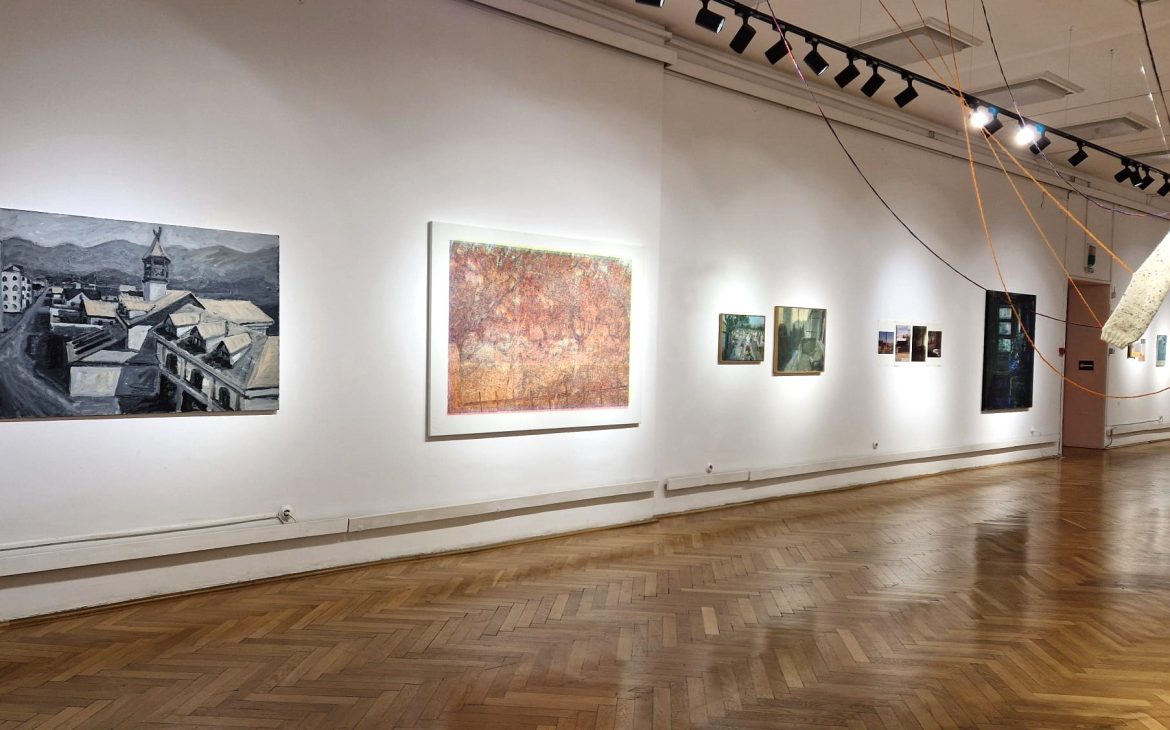
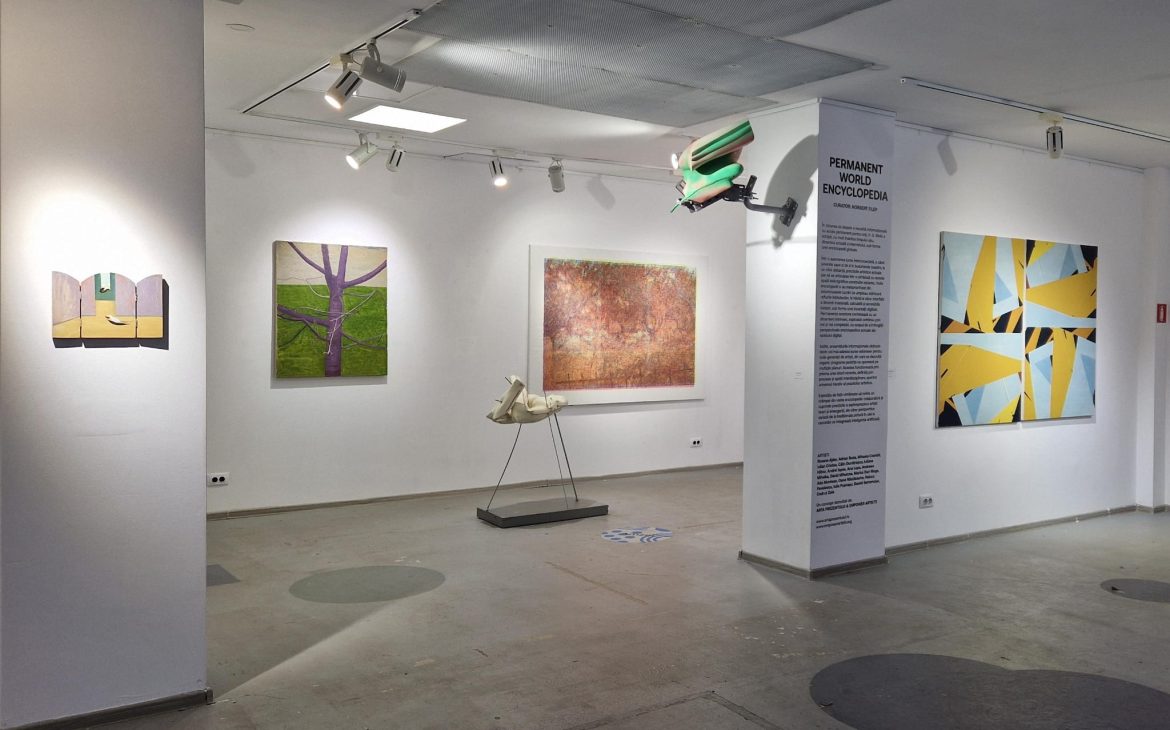
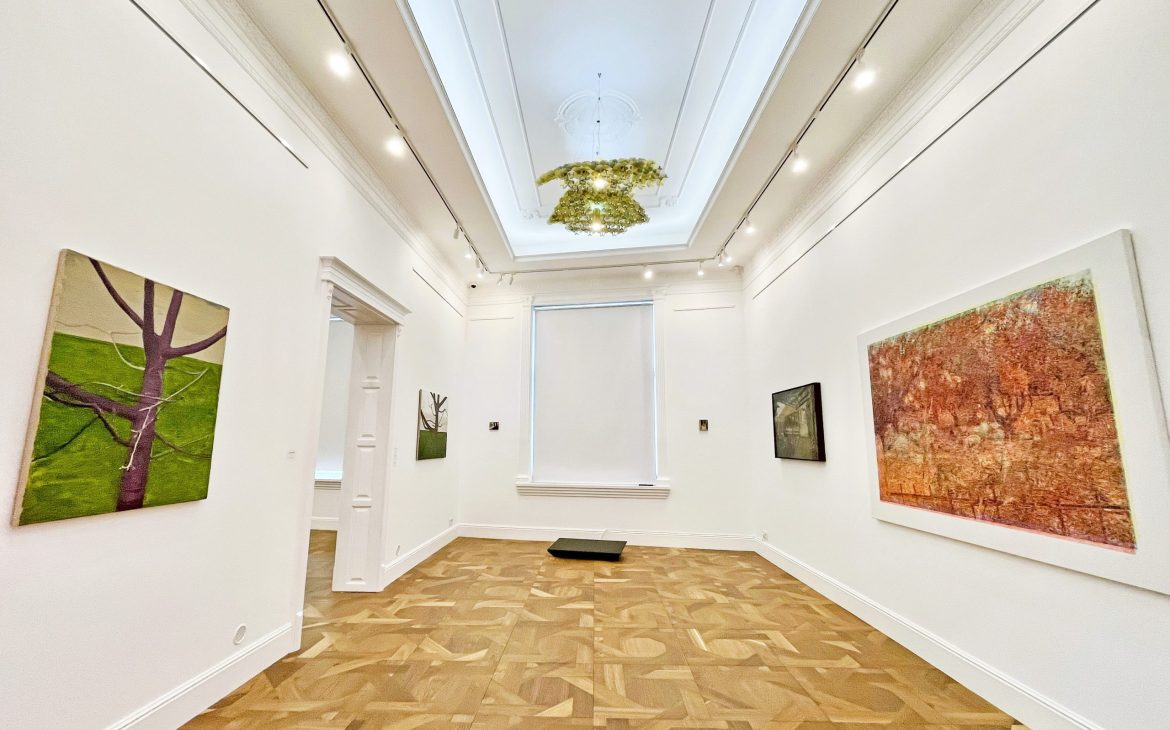


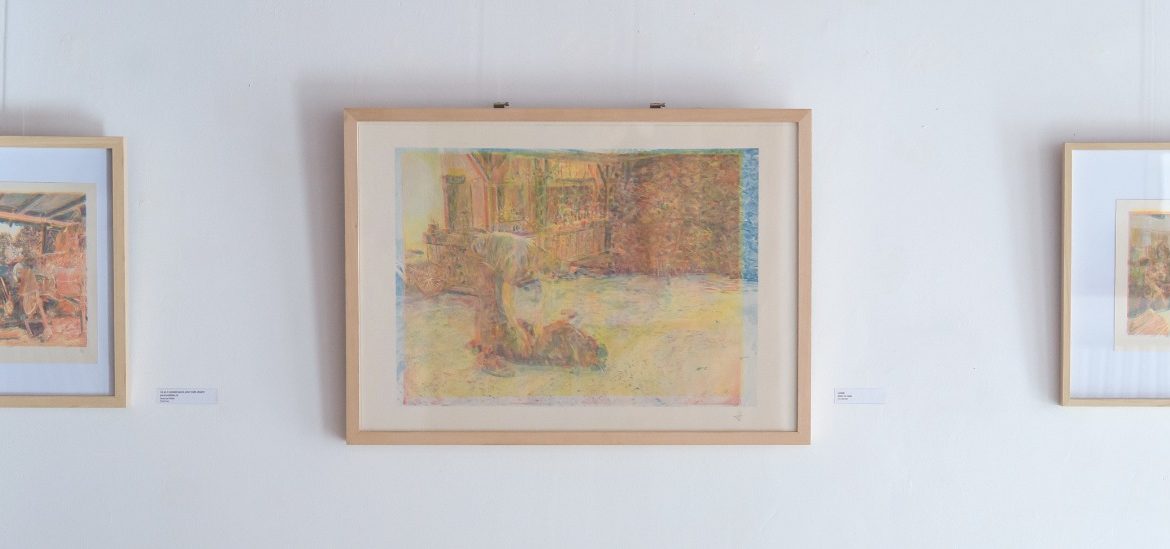
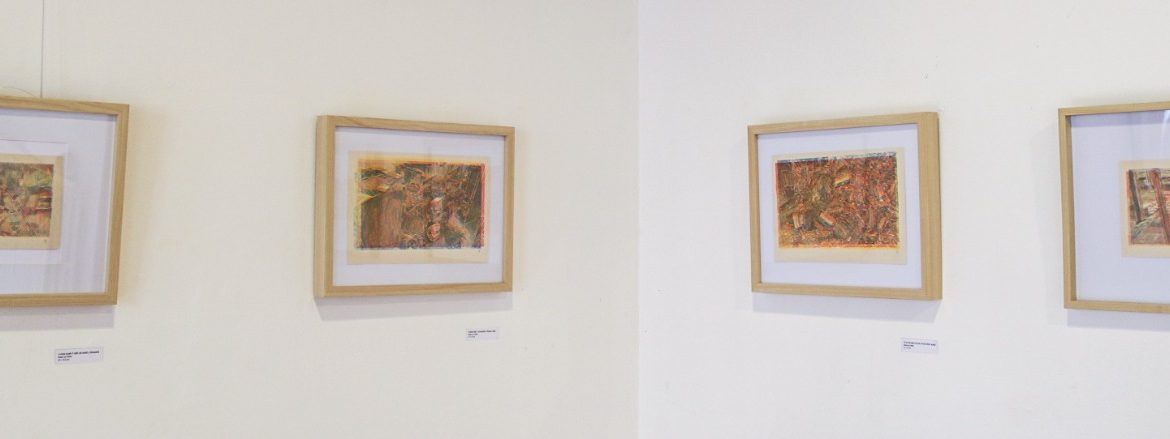
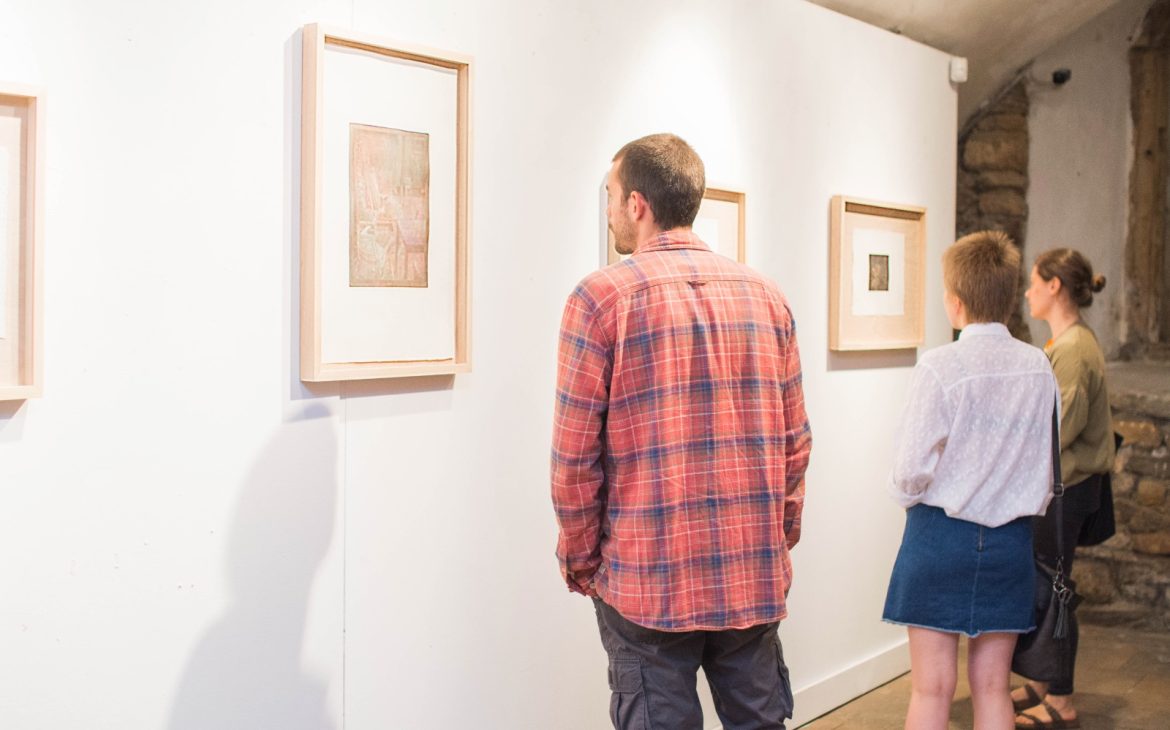
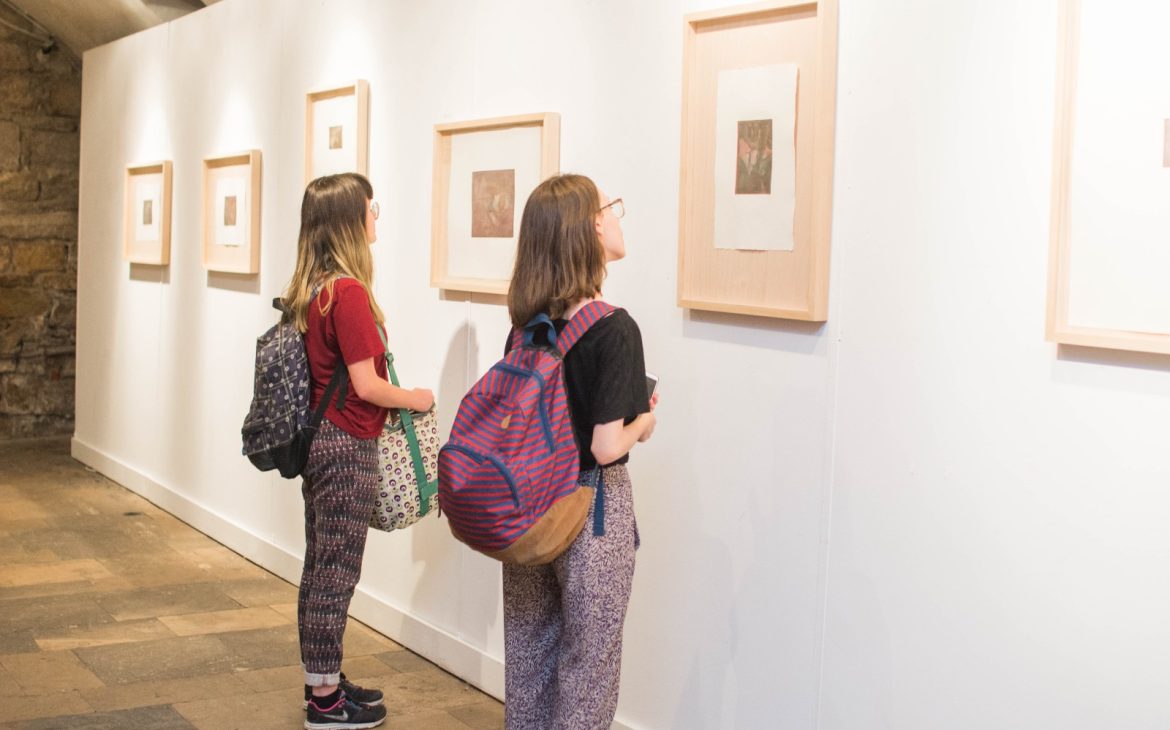
The interview was conducted as part of the cultural project “Breaking the Silence: A Visual Narrative on Emotions Left Unspoken”, co-financed by the Administration of the National Cultural Fund (AFCN). The project does not necessarily represent the official position of the Administration of the National Cultural Fund. AFCN shall not be held liable for the project’s content or any use to which the project outcome might be put. These are the sole responsibility of the beneficiary of the funding.


